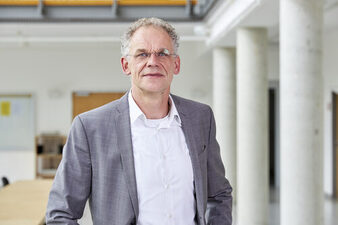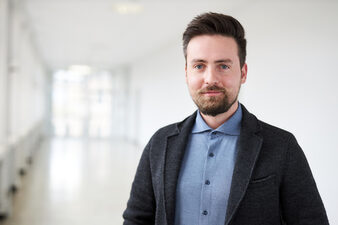About the teachingarea
In which places do I feel comfortable? What makes these spaces attractive? Where does our social life crystallize? What qualities must public spaces and urban structures have in order to be lively? Which parts of the city are particularly long-lasting and therefore valuable? To get closer to these questions, the subject of urban planning attempts to develop a holistic view of our environment. Urban planning analyzes the relationships between buildings, streets, paths and squares and deals with the tension between structural and landscape elements. The complex structure of the city is examined on the levels of ownership, distribution of uses, densification, liveliness, tranquillity and many other characteristics. Because before we intervene in urban structures, we should first understand the existing ones. The discipline of urban planning emerged with the major growth spurts during industrialization and has long been primarily concerned with urban expansion and new construction. Today's urban planning tasks increasingly focus on changing existing structures with regard to changing needs and key developments such as climate change, population decline or the consequences of international interdependencies.
This results in a wide variety of tasks such as the revitalization of brownfield sites, redensification in prospering metropolitan areas, redevelopment in shrinking regions, qualification of parks and landscaped areas, revitalization of inner cities, upgrading of deficient urban districts, etc. For these tasks, we are looking for attractive, orientation-giving structures, places with genius loci. They are created through the successful interplay of all space-forming elements such as streets, buildings, open spaces and landscape elements. The aim is to develop the design from an examination of what is already there and to derive a strong concept from this - for the existing and the new: We are looking for self-evidence and orientation-giving distinctiveness. Our cities and towns need something new and at the same time the continuation of the tried and tested. The Italian architect and urban planner Luigi Snozzi summarized this thinking and acting from the perspective of the overall context in the basic formula: "If you build a path, a house, a district, then think of the city!"


